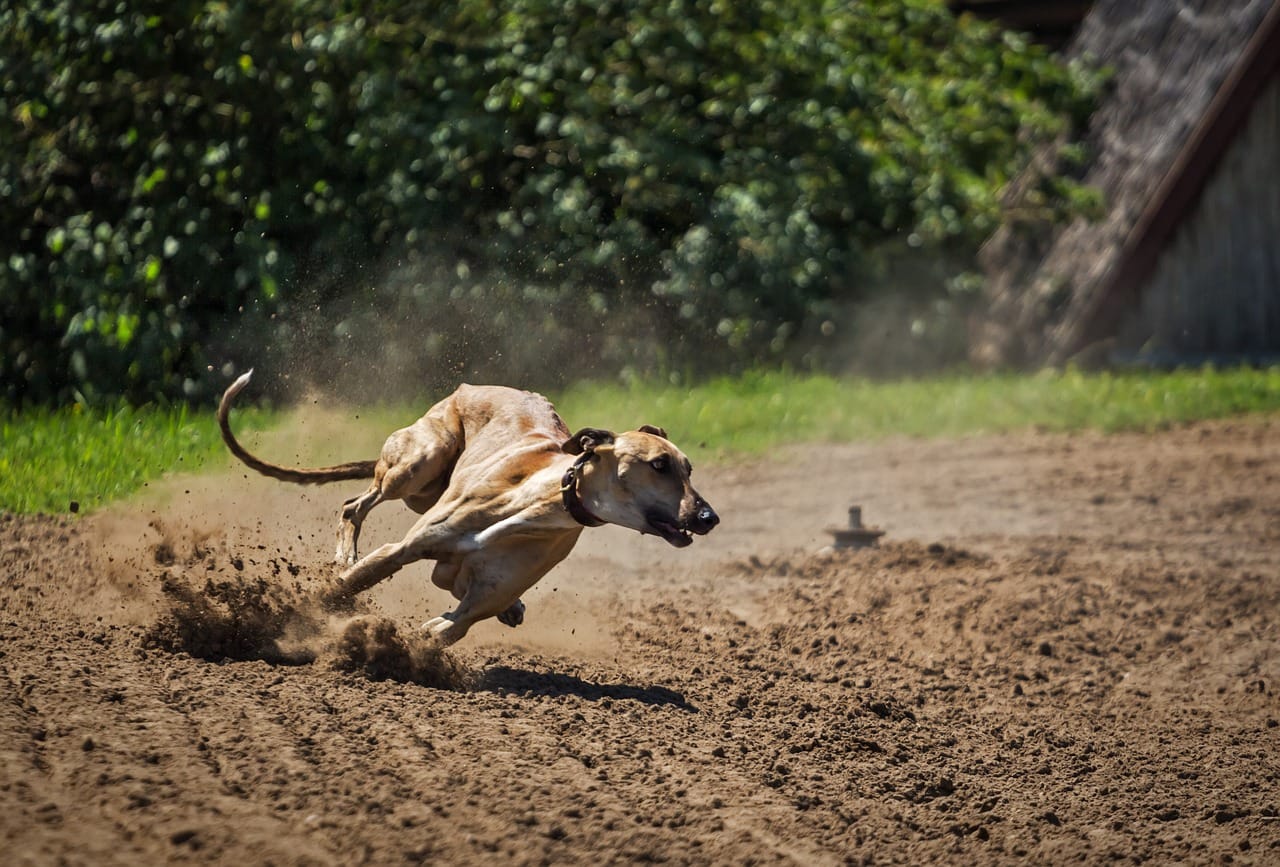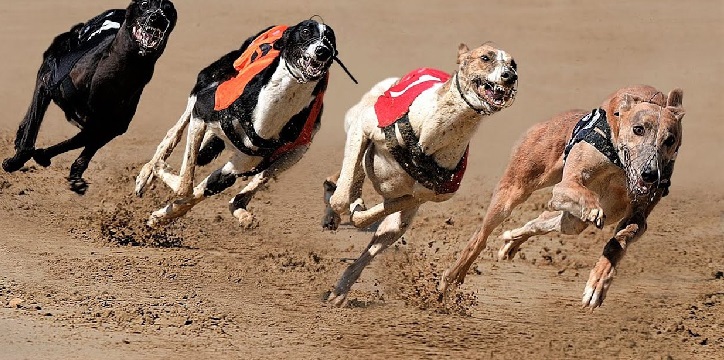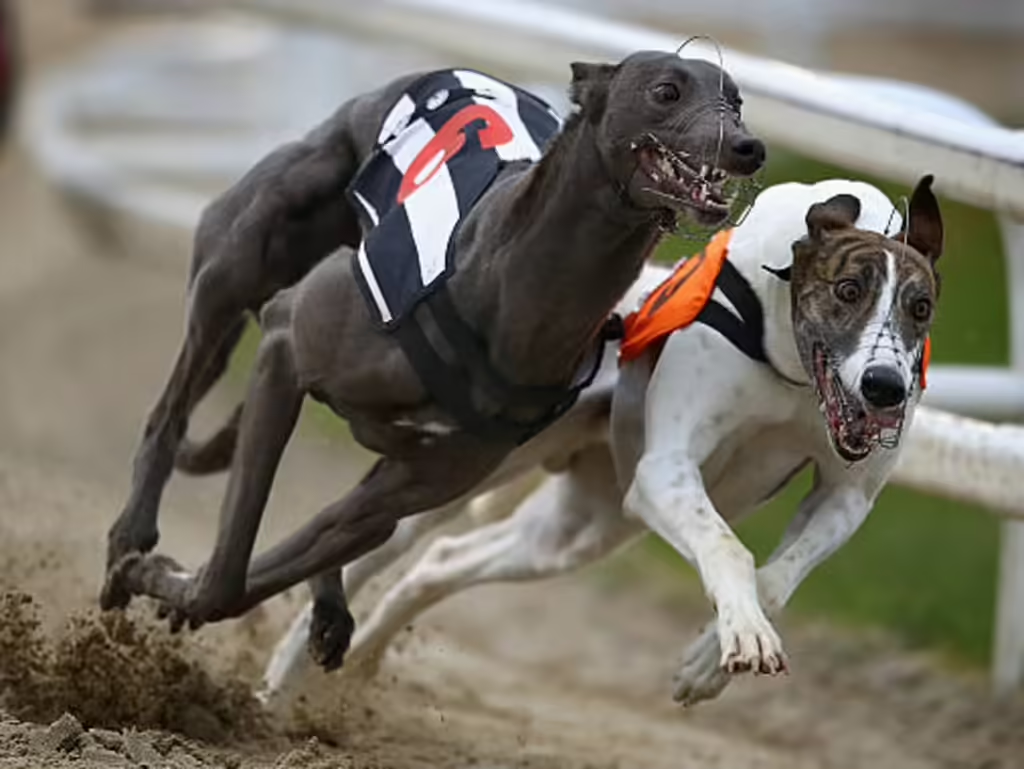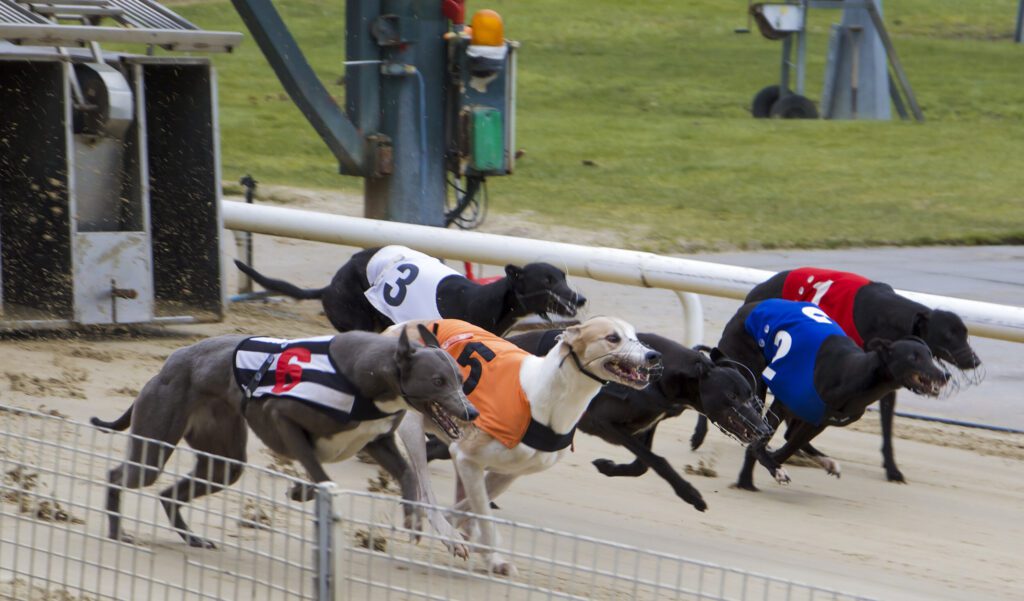Greyhound racing, a dynamic sport rich with history, combines speed, agility, and strategic prowess, captivating audiences across the globe. While some areas have seen a decline in greyhound racing, the sport continues to thrive in select regions. For newcomers and seasoned fans alike, understanding the complexities of greyhound racing—from the greyhounds’ lineage to recent form—is key to appreciating the sport’s excitement and even making informed bets. Here’s an in-depth guide on the essentials of greyhound racing, where it’s still popular, and what makes it a fascinating experience for enthusiasts.
The Global Landscape of Greyhound Racing: Where It’s Still Popular
Greyhound racing has seen significant shifts in popularity over the years. While it was once widely enjoyed in many countries, regulatory changes and ethical debates have led to closures of some tracks. However, the sport remains popular in several places, particularly in the UK, Ireland, Australia, and select locations in the United States and Mexico.
United Kingdom and Ireland: In the UK and Ireland, greyhound racing is still a celebrated tradition, with tracks like Romford, Crayford, and Shelbourne Park drawing regular crowds. In Ireland, greyhound racing has deep cultural roots, and the sport remains a cherished pastime with numerous tracks, including famous venues like Cork and Limerick Greyhound Stadiums.
Australia: Australia is one of the largest greyhound racing markets, with tracks spread across the country. Notable venues include Wentworth Park in Sydney and Sandown Park in Melbourne. Australians are passionate about the sport, and events like the Melbourne Cup of Greyhound Racing attract large audiences.
United States: While greyhound racing has declined in the U.S., it still operates in a few states. West Virginia remains a significant hub for greyhound racing, with tracks like the Mardi Gras Casino & Resort and Wheeling Island Hotel-Casino-Racetrack. Florida was historically a stronghold for greyhound racing but ceased operations in 2020 following legislative changes.
Mexico: In Tijuana, the Caliente Greyhound Stadium is one of the few remaining tracks in North America, attracting locals and tourists alike. The stadium keeps the spirit of greyhound racing alive in the region, offering a unique experience for those visiting Mexico’s northern border.
The Essentials of Greyhound Racing
Box Number: The Importance of Starting Position
In greyhound racing, a greyhound’s starting position, known as the “Box Number,” can significantly impact its chances of winning. Inside lanes offer a shorter route, but they require a quick start to avoid congestion. Outside lanes may provide a clearer path, but they demand skillful maneuvering. Understanding how each dog performs based on its box number is vital, especially for bettors who want to gain an edge.
For example, a greyhound that excels in outside lanes may struggle when placed on the inside, affecting its performance and race strategy. Observing a greyhound’s history with various box numbers can reveal patterns that help predict outcomes.
Trainer’s Influence: The Hidden Hand Behind Every Winner
The skill and experience of a greyhound’s trainer play a crucial role in the dog’s performance. A great trainer doesn’t just focus on the dog’s physical abilities but also tailors race strategies to suit the greyhound’s strengths. Trainers choose races carefully, aiming to place their dogs in competitions where they’re most likely to excel. Studying a trainer’s track record can offer insights into a greyhound’s potential on race day.
For example, if a trainer has a high win percentage at a specific track, it’s often an indicator of their expertise in preparing dogs for the unique demands of that venue.
Greyhound Class: Finding the Right Competition Level
Greyhound racing is divided into different classes or grades, ranging from lower-tier races to elite competitions. The class a greyhound races in reflects its skill level, with higher-class races presenting more formidable competition. Evaluating a greyhound’s performance within its class offers clues about its ability to compete against tougher opponents.
For instance, a greyhound that consistently wins in lower classes may struggle when moved up, while a dog with a solid record in higher classes is likely to be a stronger contender.
Breeding and Lineage: Genetics at Play
A greyhound’s bloodline can reveal a lot about its potential on the track. Like racehorses, greyhounds inherit traits from their parents, including speed, stamina, and temperament. Analyzing the lineage of a greyhound provides insights into its capabilities, as well as its likely racing style.
For example, greyhounds from certain bloodlines may excel at sprints, while others may be better suited to longer distances. Understanding a greyhound’s genetics can be a valuable tool for those looking to make informed bets.
Key Factors for Betting Success in Greyhound Racing
Recent Performance: The True Indicator of Current Form
When assessing a greyhound’s chances, recent performance often offers more valuable insights than its entire career record. Observing the last few races allows bettors to gauge a greyhound’s current form, rather than relying solely on past achievements. A greyhound that has recently placed well is likely in good condition, which may enhance its performance in an upcoming race.
For instance, if a greyhound has placed in the top three in its last few races, it may be a strong candidate to do well in its next outing.
Prize Money: A Marker of Quality
Prize money won in previous races serves as another indicator of a greyhound’s caliber. Greyhounds with higher prize earnings often compete in more competitive races, suggesting they have the skill to handle high-stakes competition. By analyzing the prize money accumulated over a greyhound’s career, fans and bettors can gauge the dog’s ability to perform in challenging settings.
Distance Preferences: Matching the Greyhound to the Track
Just as some athletes excel in sprinting while others thrive in marathons, greyhounds have preferred distances. Some dogs perform best in shorter races, while others excel in longer distances. Knowing a greyhound’s optimal race length helps predict its success in a specific event.
For example, if a greyhound is entered in a 500-yard race but typically excels at shorter 300-yard distances, it might struggle with endurance.
Greyhound Racing in the Modern Era: A Sport in Transition
While greyhound racing continues in certain regions, it’s also a sport undergoing transition. Regulatory changes and increased awareness around animal welfare have led to the closure of tracks in several countries, reducing the number of places where fans can enjoy live racing. However, these changes have also sparked innovation within the industry, with improvements in track safety and greyhound care being implemented in response to public concerns.
For those who wish to experience greyhound racing in its traditional form, venues in the UK, Ireland, and Australia remain robust. Meanwhile, in regions where live racing has ended, fans can still participate through virtual greyhound racing events, where computer-generated races simulate the thrill of the track. This virtual adaptation allows enthusiasts to stay connected with the sport while preserving some of its historical appeal.
Planning Your Visit to a Greyhound Track
For newcomers interested in experiencing greyhound racing firsthand, visiting a live track is an unforgettable experience. From the excitement of placing a bet to the thrill of watching greyhounds sprint around the track, live races offer a unique atmosphere. Tracks such as Romford in the UK, Shelbourne Park in Ireland, and Wentworth Park in Australia provide a welcoming environment for first-time visitors and seasoned fans alike.
Here are a few tips for a memorable visit:
- Arrive early to explore the venue and get familiar with the track layout.
- Dress comfortably as you’ll be spending a lot of time standing or moving around.
- Get a form guide to study the greyhounds and understand their strengths before betting.
- Bring friends to enhance the social experience, making the event enjoyable even if you’re not betting.
Embracing Greyhound Racing: A Thrill for Fans and Bettors Alike
Whether you’re a lifelong fan or a newcomer, greyhound racing offers an exhilarating mix of skill, strategy, and sheer athleticism. From the electric energy at live tracks in places like the UK, Ireland, and Australia to the convenience of virtual races, the sport has something for everyone. By understanding key factors like box number, trainer statistics, and recent form, you can deepen your appreciation and make more informed decisions.
For those captivated by speed, strategy, and tradition, greyhound racing is a sport that remains alive and exciting in regions around the world, ready to offer an unforgettable experience.




